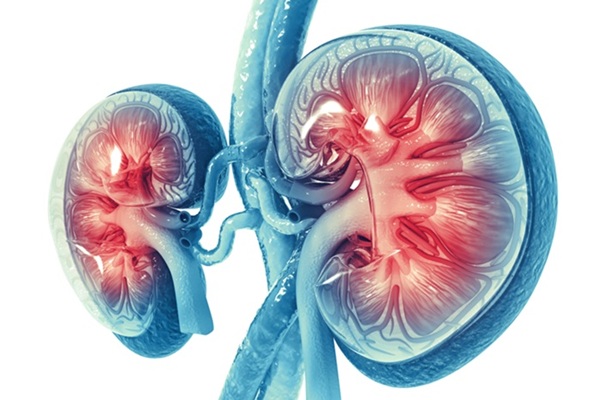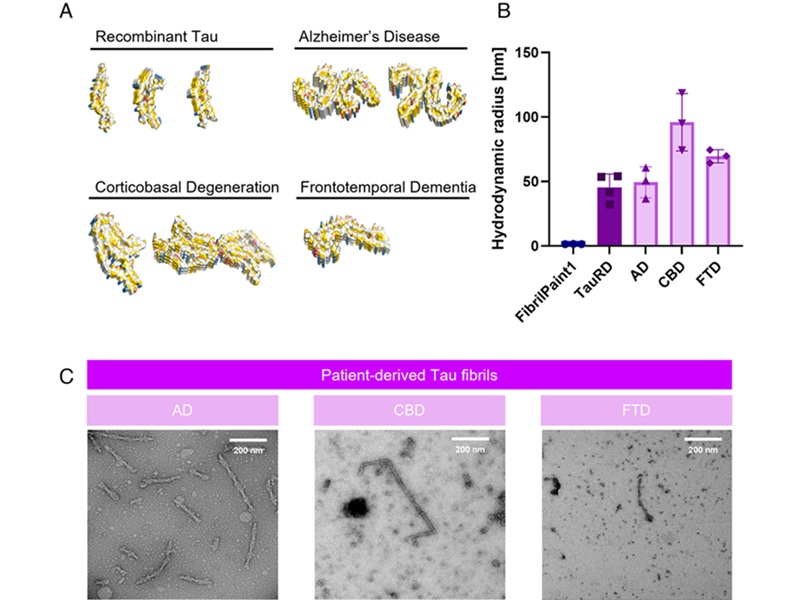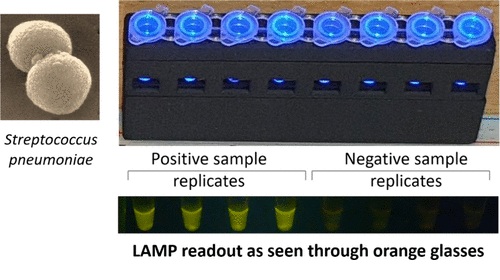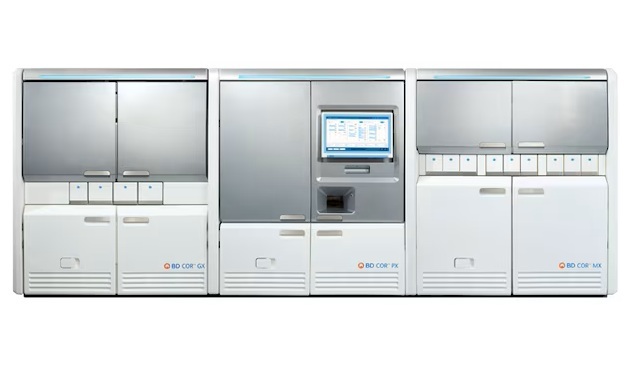Inflammation Associated with Heart Failure in Rheumatoid Arthritis
|
By LabMedica International staff writers Posted on 28 Oct 2021 |

Image: There is an association between inflammation, incident heart failure, and heart failure subtypes in patients with rheumatoid arthritis (Photo courtesy of Elite Learning)
Heart failure is a major cause of morbidity and mortality in Rheumatoid Arthritis (RA), but data for the subtypes of heart failure, with preserved ejection fraction versus reduced ejection fraction, have been sparse.
The two subtypes of heart failure are thought to differ in pathophysiology. The subtype with reduced ejection fraction is believed to result from ischemic factors, whereas with preserved ejection fraction, the primary driver is considered to be inflammation, reflected by the presence of inflammatory mediators such as interleukin 6 (IL-6) and tumor necrosis factor (TNF)-α.
Rheumatologists at the Brigham and Women’s Hospital (Boston, MA, USA) and their colleagues explored the association with heart failure in RA that could be specific to the subtype with preserved ejection fraction. Heart failure with reduced ejection fraction was defined as an ejection fraction of 40% or less, while preserved ejection fraction was 50% or higher. Those whose ejection fraction was 40%-50% were classified as mid-range and were not considered a specific subtype. Elevated inflammation at the time of RA diagnosis was defined as an erythrocyte sedimentation rate (ESR) of 20-30 mm/h, and/or a C-reactive protein (CRP) of 8-10 mg/L. The analysis included 9,087 RA patients, whose median follow-up was 10.7 years. Three-quarters were women, mean age was 56, and 55% were seropositive.
The scientists reported that the median ESR at baseline was 24.7 mm/h, and median CRP was 5.9 mg/L. Patients whose inflammatory markers were elevated typically were older, female, seropositive, and taking corticosteroids. They also more often had cardiovascular comorbidities such as hypertension, coronary artery disease, and diabetes. During 10 years of follow-up, heart failure was diagnosed in 749 patients, for an incidence rate of 11 per 1,000 person-years. The heart failure developed within five years of RA diagnosis in 379 patients. Ejection fraction was reduced in 127 and preserved in 561; the remainder of patients had mid-range ejection fraction.
In a secondary analysis that considered tertiles of inflammation, higher levels of inflammation were significantly associated with any heart failure at years 5 and 10, and also for the subtype with preserved ejection fraction; however, no association was seen among patients with reduced ejection fraction. Other factors that influenced heart failure risk included lower risks with seropositivity and the use of methotrexate, and higher risk with coronary artery disease, particularly among patients with reduced ejection fraction. That observation supports the concept that ischemia, rather than inflammation, is central to the pathogenesis of the reduced ejection fraction subtype of heart failure. After adjustment for demographics, traditional risk factors for heart failure, and RA disease factors, the hazard ratio for heart failure at 10 years was 1.46 (95% CI 1.13-1.90) among patients with elevated levels of inflammatory markers.
The authors concluded that a sizeable number of patients developed heart failure by five years suggested that evaluations for risk factors for heart failure in RA may need to begin earlier than the usual 10 years Moreover, although this study was conducted in RA patients, the findings also may inform the effect of chronic inflammation on heart failure risk in the general population without RA. The study was published on October 9, 2021 in the journal Arthritis Care & Research.
Related Links:
Brigham and Women’s Hospital
The two subtypes of heart failure are thought to differ in pathophysiology. The subtype with reduced ejection fraction is believed to result from ischemic factors, whereas with preserved ejection fraction, the primary driver is considered to be inflammation, reflected by the presence of inflammatory mediators such as interleukin 6 (IL-6) and tumor necrosis factor (TNF)-α.
Rheumatologists at the Brigham and Women’s Hospital (Boston, MA, USA) and their colleagues explored the association with heart failure in RA that could be specific to the subtype with preserved ejection fraction. Heart failure with reduced ejection fraction was defined as an ejection fraction of 40% or less, while preserved ejection fraction was 50% or higher. Those whose ejection fraction was 40%-50% were classified as mid-range and were not considered a specific subtype. Elevated inflammation at the time of RA diagnosis was defined as an erythrocyte sedimentation rate (ESR) of 20-30 mm/h, and/or a C-reactive protein (CRP) of 8-10 mg/L. The analysis included 9,087 RA patients, whose median follow-up was 10.7 years. Three-quarters were women, mean age was 56, and 55% were seropositive.
The scientists reported that the median ESR at baseline was 24.7 mm/h, and median CRP was 5.9 mg/L. Patients whose inflammatory markers were elevated typically were older, female, seropositive, and taking corticosteroids. They also more often had cardiovascular comorbidities such as hypertension, coronary artery disease, and diabetes. During 10 years of follow-up, heart failure was diagnosed in 749 patients, for an incidence rate of 11 per 1,000 person-years. The heart failure developed within five years of RA diagnosis in 379 patients. Ejection fraction was reduced in 127 and preserved in 561; the remainder of patients had mid-range ejection fraction.
In a secondary analysis that considered tertiles of inflammation, higher levels of inflammation were significantly associated with any heart failure at years 5 and 10, and also for the subtype with preserved ejection fraction; however, no association was seen among patients with reduced ejection fraction. Other factors that influenced heart failure risk included lower risks with seropositivity and the use of methotrexate, and higher risk with coronary artery disease, particularly among patients with reduced ejection fraction. That observation supports the concept that ischemia, rather than inflammation, is central to the pathogenesis of the reduced ejection fraction subtype of heart failure. After adjustment for demographics, traditional risk factors for heart failure, and RA disease factors, the hazard ratio for heart failure at 10 years was 1.46 (95% CI 1.13-1.90) among patients with elevated levels of inflammatory markers.
The authors concluded that a sizeable number of patients developed heart failure by five years suggested that evaluations for risk factors for heart failure in RA may need to begin earlier than the usual 10 years Moreover, although this study was conducted in RA patients, the findings also may inform the effect of chronic inflammation on heart failure risk in the general population without RA. The study was published on October 9, 2021 in the journal Arthritis Care & Research.
Related Links:
Brigham and Women’s Hospital
Latest Pathology News
- New Molecular Analysis Tool to Improve Disease Diagnosis
- Tears Offer Noninvasive Alternative for Diagnosing Neurodegenerative Diseases
- AI-Powered Method Combines Blood Data to Accurately Measure Biological Age
- AI Tool Detects Cancer in Blood Samples In 10 Minutes
- AI Pathology Analysis System Delivers Comprehensive Cancer Diagnosis
- AI Improves Cervical Cancer Screening in Low-Resource Settings
- New Multi-Omics Tool Illuminates Cancer Progression
- New Technique Detects Genetic Mutations in Brain Tumors During Surgery within 25 Minutes
- New Imaging Tech to Improve Diagnosis and Treatment of Skin Cancers
- Serially Testing Brain Tumor Samples Reveals Treatment Response in Glioblastoma Patients
- High-Accuracy Tumor Detection Method Offers Real-Time Surgical Guidance
- AI Tool Detects Hidden Warning Signs of Disease Inside Single Cells
- Automated Tool Detects Early Warning Signs of Breast Cancer
- New Software Tool Improves Analysis of Complex Spatial Data from Tissues
- AI Tool Helps Surgeons Distinguish Aggressive Glioblastoma from Other Brain Cancers in Real-Time
- New Tool Could Revolutionize Acute Leukemia Diagnosis
Channels
Clinical Chemistry
view channel
VOCs Show Promise for Early Multi-Cancer Detection
Early cancer detection is critical to improving survival rates, but most current screening methods focus on individual cancer types and often involve invasive procedures. This makes it difficult to identify... Read more
Portable Raman Spectroscopy Offers Cost-Effective Kidney Disease Diagnosis at POC
Kidney disease is typically diagnosed through blood or urine tests, often when patients present with symptoms such as blood in urine, shortness of breath, or weight loss. While these tests are common,... Read moreMolecular Diagnostics
view channel
First Direct Measurement of Dementia-Linked Proteins to Enable Early Alzheimer’s Detection
The disease process in Alzheimer’s begins long before memory loss or cognitive decline becomes apparent. During this silent phase, misfolded proteins gradually form amyloid fibrils, which accumulate in... Read more
New Diagnostic Method Detects Pneumonia at POC in Low-Resource Settings
Pneumonia continues to be one of the leading causes of death in low- and middle-income countries, where limited access to advanced laboratory infrastructure hampers early and accurate diagnosis.... Read moreHematology
view channel
ADLM’s New Coagulation Testing Guidance to Improve Care for Patients on Blood Thinners
Direct oral anticoagulants (DOACs) are one of the most common types of blood thinners. Patients take them to prevent a host of complications that could arise from blood clotting, including stroke, deep... Read more
Viscoelastic Testing Could Improve Treatment of Maternal Hemorrhage
Postpartum hemorrhage, severe bleeding after childbirth, remains one of the leading causes of maternal mortality worldwide, yet many of these deaths are preventable. Standard care can be hindered by delays... Read more
Pioneering Model Measures Radiation Exposure in Blood for Precise Cancer Treatments
Scientists have long focused on protecting organs near tumors during radiotherapy, but blood — a vital, circulating tissue — has largely been excluded from dose calculations. Each blood cell passing through... Read moreMicrobiology
view channel
High-Throughput Enteric Panels Detect Multiple GI Bacterial Infections from Single Stool Swab Sample
Gastrointestinal (GI) infections are among the most common causes of illness worldwide, leading to over 1.7 million deaths annually and placing a heavy burden on healthcare systems. Conventional diagnostic... Read more
Fast Noninvasive Bedside Test Uses Sugar Fingerprint to Detect Fungal Infections
Candida bloodstream infections are a growing global health threat, causing an estimated 6 million cases and 3.8 million deaths annually. Hospitals are particularly vulnerable, as weakened patients after... Read morePathology
view channel
New Molecular Analysis Tool to Improve Disease Diagnosis
Accurately distinguishing between similar biomolecules such as proteins is vital for biomedical research and diagnostics, yet existing analytical tools often fail to detect subtle structural or compositional... Read more
Tears Offer Noninvasive Alternative for Diagnosing Neurodegenerative Diseases
Diagnosing and monitoring eye and neurodegenerative diseases often requires invasive procedures to access ocular fluids. Ocular fluids like aqueous humor and vitreous humor contain valuable molecular information... Read moreTechnology
view channel
Cell-Sorting Device Uses Electromagnetic Levitation to Precisely Direct Cell Movement
Sorting different cell types—such as cancerous versus healthy or live versus dead cells—is a critical task in biology and medicine. However, conventional methods often require labeling, chemical exposure,... Read more
Embedded GPU Platform Enables Rapid Blood Profiling for POC Diagnostics
Blood tests remain a cornerstone of medical diagnostics, but traditional imaging and analysis methods can be slow, costly, and reliant on dyes or contrast agents. Now, scientists have developed a real-time,... Read moreIndustry
view channel
Qiagen Acquires Single-Cell Omics Firm Parse Biosciences
QIAGEN (Venlo, Netherlands) has entered into a definitive agreement to fully acquire Parse Biosciences (Seattle, WA, USA), a provider of scalable, instrument-free solutions for single-cell research.... Read more
Puritan Medical Products Showcasing Innovation at AMP2025 in Boston
Puritan Medical Products (Guilford, ME, USA), the world’s most trusted manufacturer of swabs and specimen collection devices, is set to exhibit at AMP2025 in Boston, Massachusetts, from November 11–15.... Read more
Advanced Instruments Merged Under Nova Biomedical Name
Advanced Instruments (Norwood, MA, USA) and Nova Biomedical (Waltham, MA, USA) are now officially doing business under a single, unified brand. This transformation is expected to deliver greater value... Read more





















